The Mong people have many traditional crafts, and each craft contains historical records, folk knowledge, and stories about the unique worldview and nature. This is also the reason why the technique of drawing patterns with beeswax on fabric has been actively preserved and passed down by the Mong people in Can Ty and Lung Tam communes (Quan Ba district, Ha Giang province).
Can Ty and Lung Tam communes are communes with a large population of Mong people. For generations, people have maintained traditional beauty from daily life to production. Therefore, most Mong women here know how to spin linen, weave fabric, and embroider when they reach adulthood. Through the process of transmission as well as the creativity and secrets of each individual, through generations, unique and highly artistic patterns are created.

Teaching beeswax painting on fabric to the younger generation.
To complete a linen dress, Mong women have to go through many elaborate and complicated steps, requiring skill, perseverance and time. However, the step that determines the aesthetic value is creating patterns on the fabric with beeswax. According to artisans, this technique originated from the need to find a method of drawing eye-catching patterns that took less time. Although many materials were used, it was only with beeswax that they realized its strong adhesion, sharp lines, and resistance to fading. Moreover, wax is also very easy to find. From then on, Mong people gradually popularized this painting technique.
The most distinctive feature of the beeswax painting technique is the use of fire. Before starting, the woman will prepare a small wax pan, a copper pen, linen, indigo water and beeswax. The beeswax has two colors: yellow and black (with all the honey removed), then melted and mixed to match the light and dark colors. During the painting process, the wax is kept hot continuously. The beauty of the pattern also depends on the copper pen. The Mong people often design extremely unique pens with a bamboo handle and 2 copper leaves with a slit in the middle for drawing.
In particular, when drawing patterns (triangles, spirals, coins, crosses...), women must sit by the fire, dip the pen into a bowl of hot beeswax placed on hot coals. As they draw, they wrap the fabric there. Meticulous, laborious and requiring creativity, to complete a strip of fabric to make the body of a skirt, women must spend a week, a month, or even several months. After finishing drawing the entire outfit, the fabric is boiled, dyed indigo and dried in the sun to be completed. Although it takes a long time and is laborious, every Mong woman in Can Ty and Lung Tam communes still preserves this method.
Ms. Sung Thi May, Director of Can Ty Linen Weaving Cooperative, shared: “Most Mong women know how to weave linen to make traditional costumes, in which the indispensable step to make a costume with detailed and colorful patterns is the step of drawing patterns with beeswax. Thanks to the skillful hands of the artisans, the Cooperative has had a number of products certified with 3-star and 4-star OCOP at the provincial level, products such as wallets, handbags, etc. In recent years, the district's Department of Labor, War Invalids and Social Affairs has coordinated to open a number of sewing classes for skilled students. After graduation, we have also accepted a number of students to work at the Cooperative.”
Comrade Sung Mi De, Vice Chairman of Can Ty Commune People's Committee said: "The commune has actively preserved the culture of the Mong ethnic group. The art of drawing patterns with beeswax on linen is currently taught by oral methods, direct practice, by elderly women. To preserve and maintain this traditional beauty, every year on holidays and Tet, the commune organizes competitions for villages to perform ethnic costumes, weaving and drawing beeswax on fabric. From the festivals, visitors have the opportunity to explore and experience the stages of making a Mong ethnic costume. Therefore, the art of drawing patterns with beeswax, which has a secret profession and high aesthetic value, is still preserved and promoted."
Hopefully, with artisans still burning with passion to preserve traditional crafts like the artisans at Can Ty and Lung Tam linen weaving cooperatives, the art of painting patterns with beeswax on Mong people's costumes will be preserved forever.
Nguyen Yem/ Ha Giang Newspaper
Source: https://baophutho.vn/quan-ba-luu-giu-nghe-thuat-ve-hoa-van-bang-sap-ong-tren-vai-218993.htm


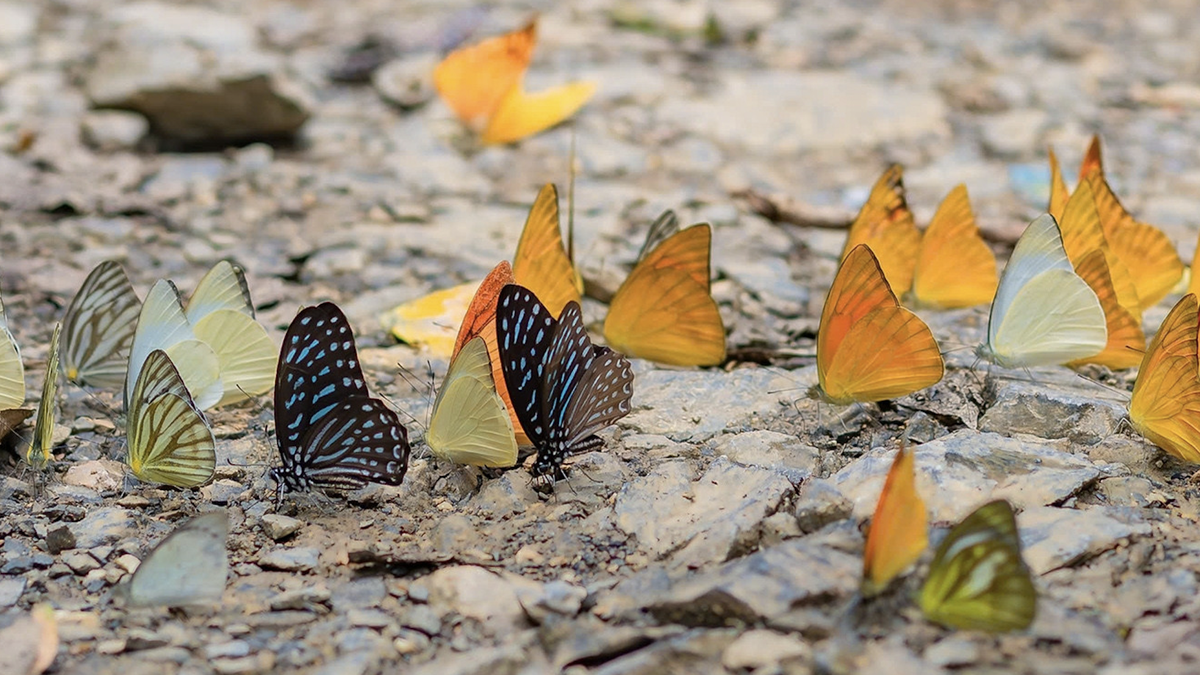

![[Photo] President Luong Cuong receives Prime Minister of the Kingdom of Thailand Paetongtarn Shinawatra](https://vphoto.vietnam.vn/thumb/1200x675/vietnam/resource/IMAGE/2025/5/16/52c73b27198a4e12bd6a903d1c218846)
![[Photo] Prime Minister Pham Minh Chinh and Prime Minister of the Kingdom of Thailand Paetongtarn Shinawatra attend the Vietnam-Thailand Business Forum 2025](https://vphoto.vietnam.vn/thumb/1200x675/vietnam/resource/IMAGE/2025/5/16/1cdfce54d25c48a68ae6fb9204f2171a)




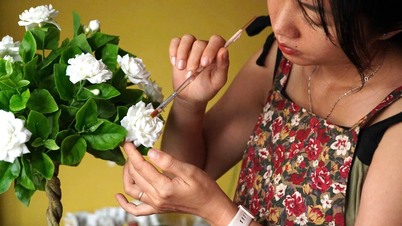





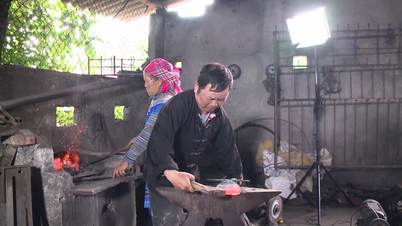










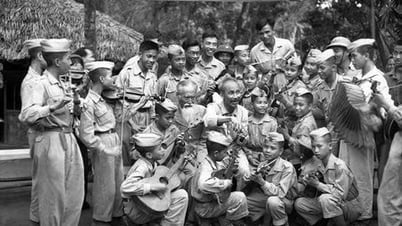











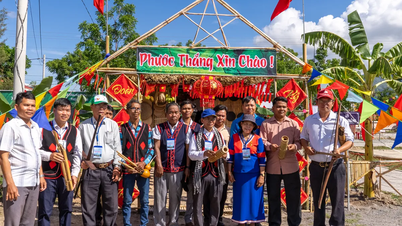









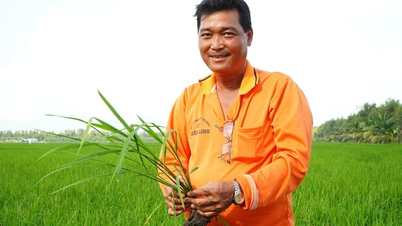


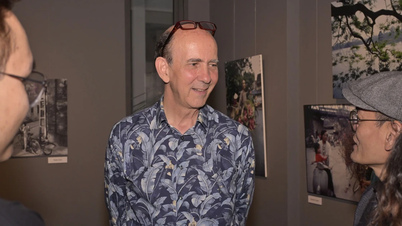




































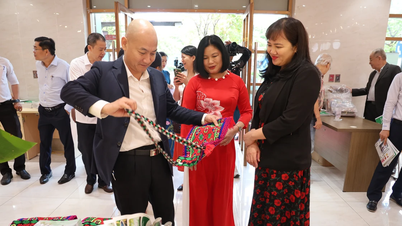


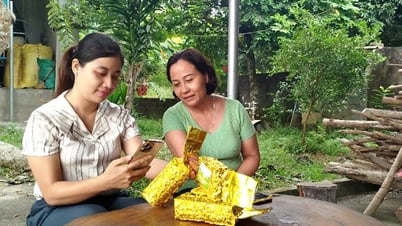

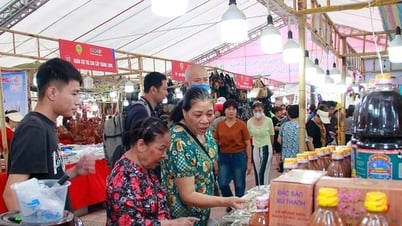



Comment (0)